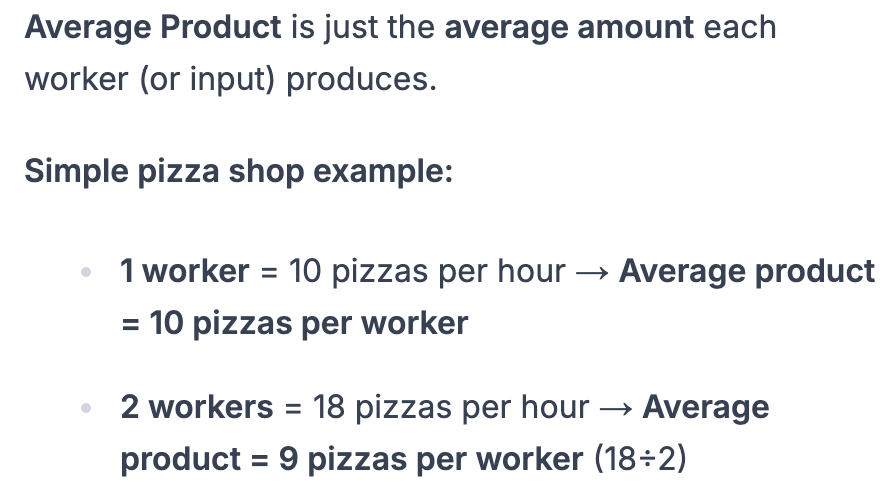Econ unit 2 - Microeconomics
1/38
There's no tags or description
Looks like no tags are added yet.
Name | Mastery | Learn | Test | Matching | Spaced |
|---|
No study sessions yet.
39 Terms
Quantity demand is only caused by
A change in price
Shift in demand curve is only caused by
Non price determinants
Quantity demand logistics
Increase in price = decrease in quantity demand
Decrease in price = increase quantity demand
Relationship between price and quantity demand
Negative causel relationship
What variable is the independent variable and why?
Independent variable is price, because it changes the quantity demand.
Markets
Arrangement where buyers and sellers of goods, services, resources are linked together to carry out exchange.
Competitive market
Composed of large number of sellers/buyers that act independetly, so no individual seller or group of sellers has ability to control price of product being sold. Price of product is set by interaction of many sellers and buyers and the forces of both supply and demand.
Demand
Individual consumers willingness and ability to buy goods or services at different prices during a specific period of time.
Law of demand
States there is a negative causel relationship between a goods price and its quantity demand during a time period.
Why is demand downward sloping?
Law of diminshing marginal utility
Law of diminishing marginal utlility
Consumers derive utility/benefit from goods/services that are bought. The more of a good/service consumed, the less additional benefit we get.
Consumers will only consume additional units of good/service if price falls.
(law of demand assumotion) Substitution effect
As price of this good decreases, consumers switch from other substitute goods to this one as its price is lower, increasing its demand
(law of demand assumption) Income effect
Real income is adjusted to changes in prices, gives the actual buying power of consumers. As price of good decreases, consumer real income increases, letting them buy more of same good.
Changes in demand (non-profit determinants, shifters of demand)
Changes in income (normal and inferior goods)
Tastes and preferences
Future price expectations
Price of related goods (substitutes and compliments)
Size of market (number of consumers)

Changes in income: Normal and inferior goods
Normal goods - Increase in income (Y) = increase in demand (D)
Inferior goods (lower quality things) - Increase in income (Y) = decrease in demand (D)
(price of related goods) Subs
When one goods price increases, that quantity demand decreases, and the other goods demand increases. And vice versa for decrease in good.
(price of related goods) Complementry
As price of one good increases, its quantity demand decreaes, and its complementry goods demand will decrease. And vice versa for decrease in good.
Supply
Individual firms willingness and ability to produce various quantities of goods/services at different prices during a specific period of time, is the supply for a particular good/service.
Law of supply
States that there is a positive causel relationship between a goods price and its quantity supplied in a particular time period.
At higher prices prices (for supply)
producers are willing to produce more. The cost of production will be high
At lower prices (for supply)
producers are willing to produce less. The cost of production will be low.
Non price determinants of supply (STORES)
Subsidies and taxes
Technological advances
Other related goods prices (joint and competitive supply)
Resource costs
Expectation of future prices
Size of market (number of producers)
(non price determinant of supply) Competitive/joint
Competitive - production of one over the other (e.g wheat and corn)
Joint - Can only produce more of one good with the other (e.g butter and milk)
When the supply curve moves to the right
Means more production
When the supply curve moves to the left
Means less production
(taxes and subsidies) Subsidies
Subsidies are from the gov. given to the producers, which lowers cost of production. Producers will produce more.
(subsidies and taxes) Taxes
Taxes increase cost of production. Producers will produce less.
Short term
At least one factor of production is fixed (usually capital)
Long run
All factors of production can be changed (planning period)
Total product (TP)
Total amount of output produced by a firm
Total revenue (TR)
Amount of money received by firms when they sell a good (or service).

Marginal product (MP)
Additional output produced by a firm from one additional unit of variable input (labour). This tells us how much output changes by adding additional labour. MP=deltaTP/delta Units of labour.

Average product (AP)
Total quantity of output per unit variable input. This tells us how much each worker is able to produce on average. AP=TP/ units of labour.

Law of diminshing return (short run problem)
As more and more units of variable inputs (labour) are added to one or more fixed inputs (capital, e.g oven) the marginal product of the variable input initially increases but there comes a point where it will decrease.
When MP is above AP, AP…
Increases
MP is below AP, AP…
Decreases
Margincal cost (MC)
The costs of producing an additional unit of output
When output increases
so does marginal cost, therefore firms are only going to be willing to increase their output if prices they recieve also increases.